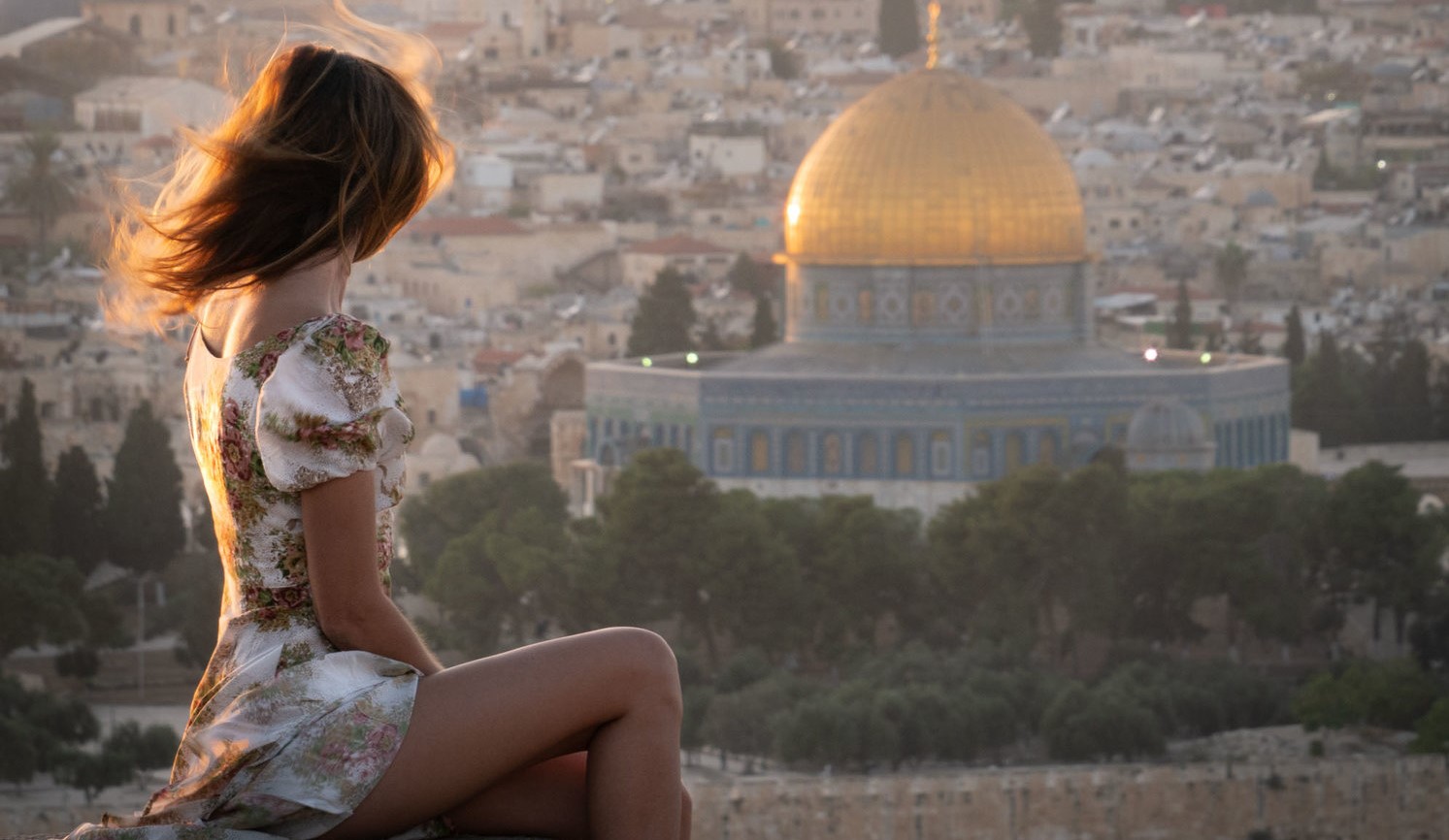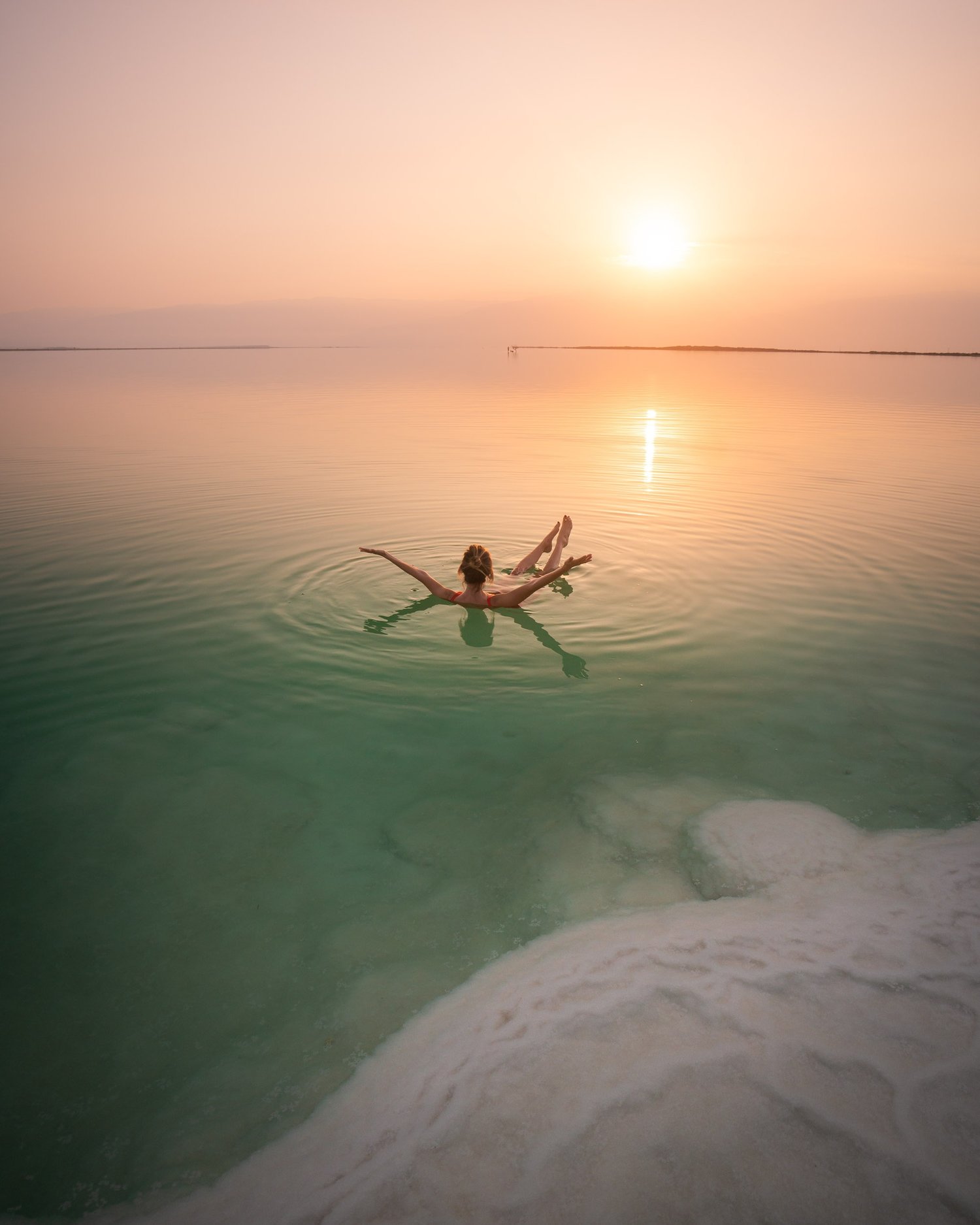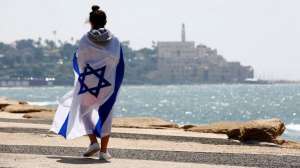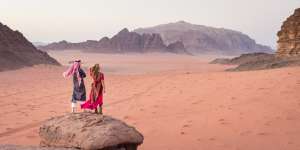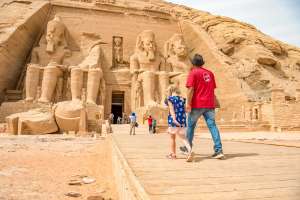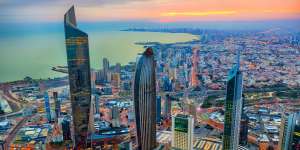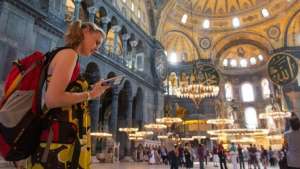Israel sits along the Mediterranean with a personality far bigger than its borders. For centuries, travelers have come for sacred history and stayed for the variety: warm beaches, desert adventures, nature reserves, and pleasantly travelable weather nearly all year. From the buoyant waters of the Dead Sea to Eilat’s coral-bright Red Sea shoreline, and from Tel Aviv’s coastal buzz to Haifa’s terraces, the country keeps surprising you. The Old City of Jerusalem and the churches of Bethlehem are magnet stops for first-time visitors, but it’s the blend — the ancient and the everyday — that makes the journey feel vivid.
For food lovers, the table is a tour of its own. You’ll find Middle Eastern and Mediterranean staples done the Israeli way: creamy hummus and crisp falafel, yolky shakshouka, silky msabbaha, and couscous — alongside bagels hot out of the oven and soft, braided challah. The flavors are bright, herb-forward, and honest; even a simple market lunch can feel memorable.
Travel to Israel (personal notes and takeaways)
I’d wanted to visit the Middle East for years, and Israel ended up being my gate in. What follows are my on-the-ground impressions — the things I wish I’d known before going, and the details that made the trip work smoothly.
IS ISRAEL SAFE?
If you’re reading this from the United States, the phrase “trip to the Middle East” often triggers concern, no matter which country you name. After digging into research and then spending time on the ground, my honest conclusion: traveling in Israel felt relatively safe, day to night, city to desert. That doesn’t mean nothing can happen — risk exists everywhere — but the overall environment felt controlled and attentive.
You’ll notice a visible security presence: military and police in transit hubs, careful screening at airports, and stringent checks at major sites like Jerusalem’s Old City. I was questioned twice — politely and thoroughly — and while that might sound intense, it actually reassured me. The general approach is prevention-first.
Advisories change; when I visited, the U.S. Department of State labeled Israel as a level “2” — increase caution due to terrorism. Context helps: many nations advise similar caution for travel to the U.S. The key is to stay informed, follow local guidance, and travel like a pro — head up, plans flexible, documents organized.
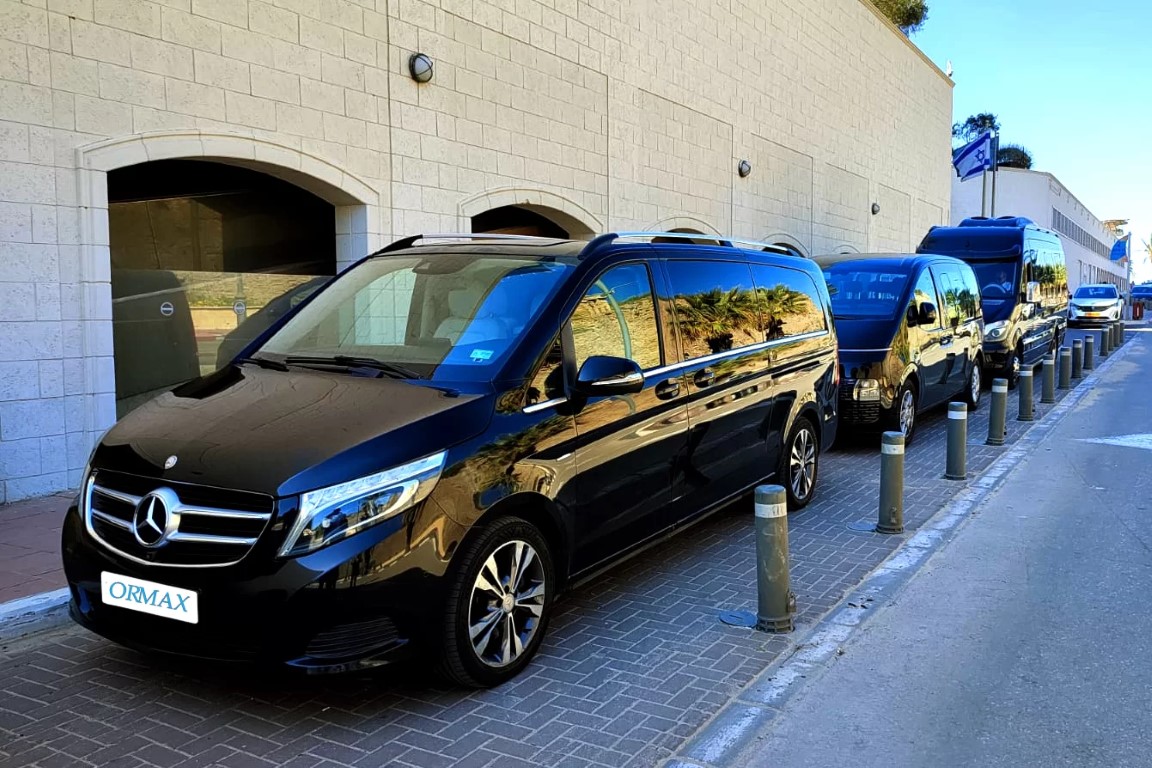
SHOULD YOU RENT A CAR IN ISRAEL?
Your plan should match your trip style. If you’re keeping it compact — mostly Tel Aviv and Jerusalem — you can rely on walking, shared rides, and public transport. We spent two days in Jerusalem mostly on foot and often beat the traffic by doing so.
If you want freedom to chase sunrises, linger at viewpoints, and detour into canyons or reserves, rent a car. Driving felt very similar to the U.S.: clear signage, rule-abiding drivers, and good roads. Download offline maps; they’re priceless when cell coverage dips. Parking is straightforward outside city cores, and the flexibility is unmatched — especially if photography is a priority.
DO YOU NEED AN INTERNATIONAL DRIVER’S PERMIT?
If your license is from an English-speaking country, your domestic license typically suffices. Non-English licenses: bring an International Driver’s Permit and your original license. You’ll need both at the counter.
HOW DOES CAR RENTAL INSURANCE WORK THERE?
This surprises many travelers. Israel requires three kinds of coverage for rentals: Theft Protection (TP), Collision Damage Waiver (CDW), and Third-Party Liability (often abbreviated locally as 3PLC). Some travel-oriented credit cards (like certain premium cards) may cover TP and CDW in Israel, but not all do. Confirm with your issuer before departure and request a coverage letter — rental desks often ask for it.
Regardless of credit card benefits, you’ll still need to purchase the local third-party liability. Expect roughly $15–$20 USD per day. It typically covers things like tire/rim damage and vandalism not caused by a collision or theft.
GETTING GAS WITHOUT STRESS
The stations are easy to find; the pumps can be quirky. Some kiosks ask for an ID number in Hebrew prompts. If you’re stuck, attendants will help (even if a bit briskly). We learned that entering any non-sensitive sequence often gets the pump going, but when in doubt, ask. Keep a photo of your plate number handy — some machines request it.
CAN YOU DRIVE YOUR RENTAL INTO NEIGHBORING TERRITORIES?
No. Crossing into bordering countries is not permitted, and the same goes for the West Bank with most rental contracts. Your insurance becomes void the moment you leave Israel with the vehicle. Keep it simple: park, and use organized tours or transit if you’re planning regional day trips.
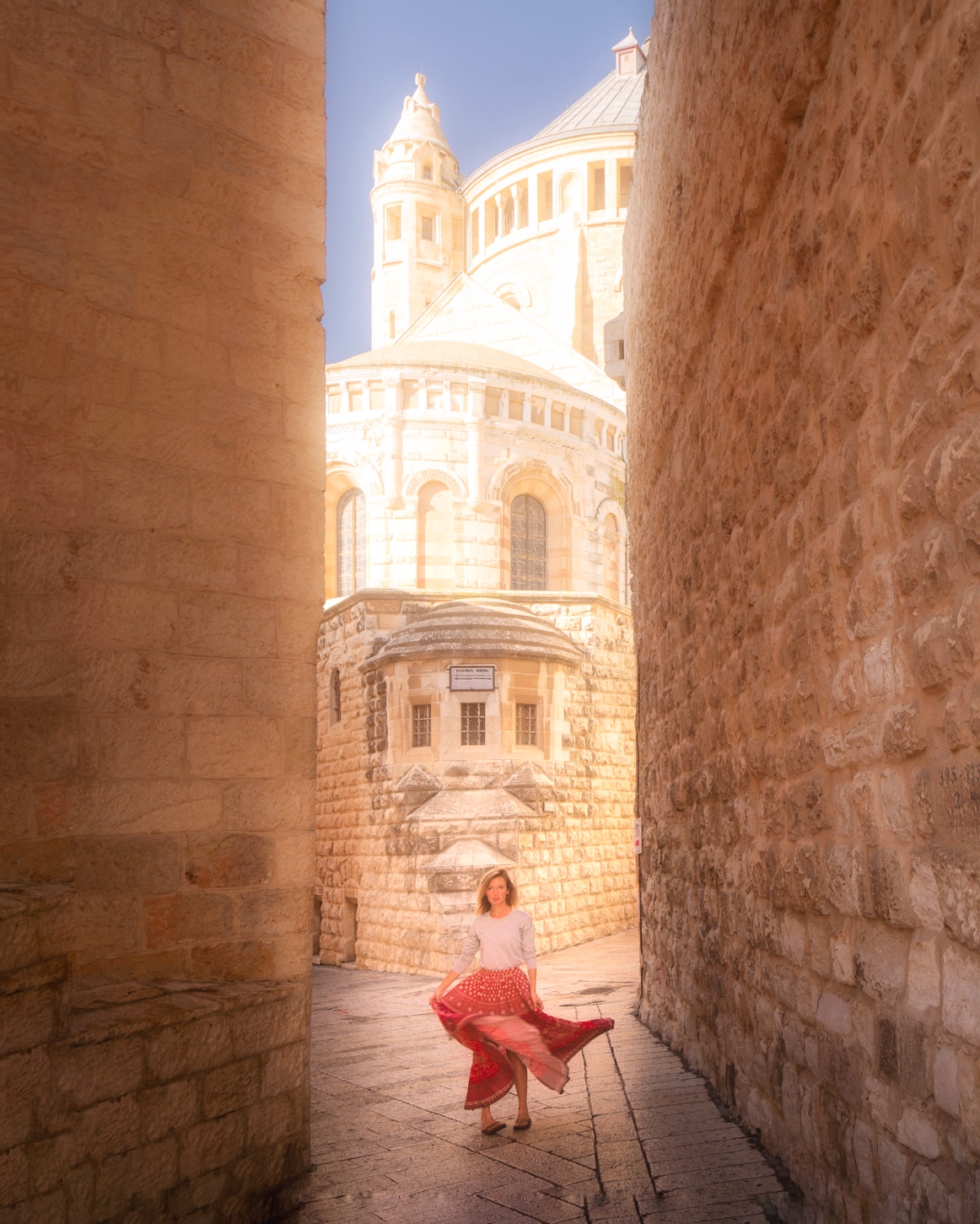
WHAT TO WEAR IN ISRAEL
I rarely research dress codes, but for my first Middle East trip, I wanted comfortably modest clothing that still felt like me in photos. Most of Israel dresses like any Western country — tank tops, shorts, beachwear on the coast — but Jerusalem is a different rhythm, especially in and around the Old City and during Shabbat in ultra-Orthodox neighborhoods.
Plan at least one genuinely conservative outfit. For women visiting holy sites, the safest guideline is skirts or dresses (not pants) that cover knees, sleeves that cover elbows, and necklines that cover the collarbone. Outside those zones, aim for respectful and breathable. I felt most at ease erring modest — and was grateful I packed a long skirt and a light long-sleeve.
10 BEAUTIFUL PLACES TO VISIT IN ISRAEL
Once the logistics clicked, the variety stunned me. In a few hours you can go from wind-carved desert to vineyard-lined hills to a city where every doorway tells a story.
1. THE DEAD SEA
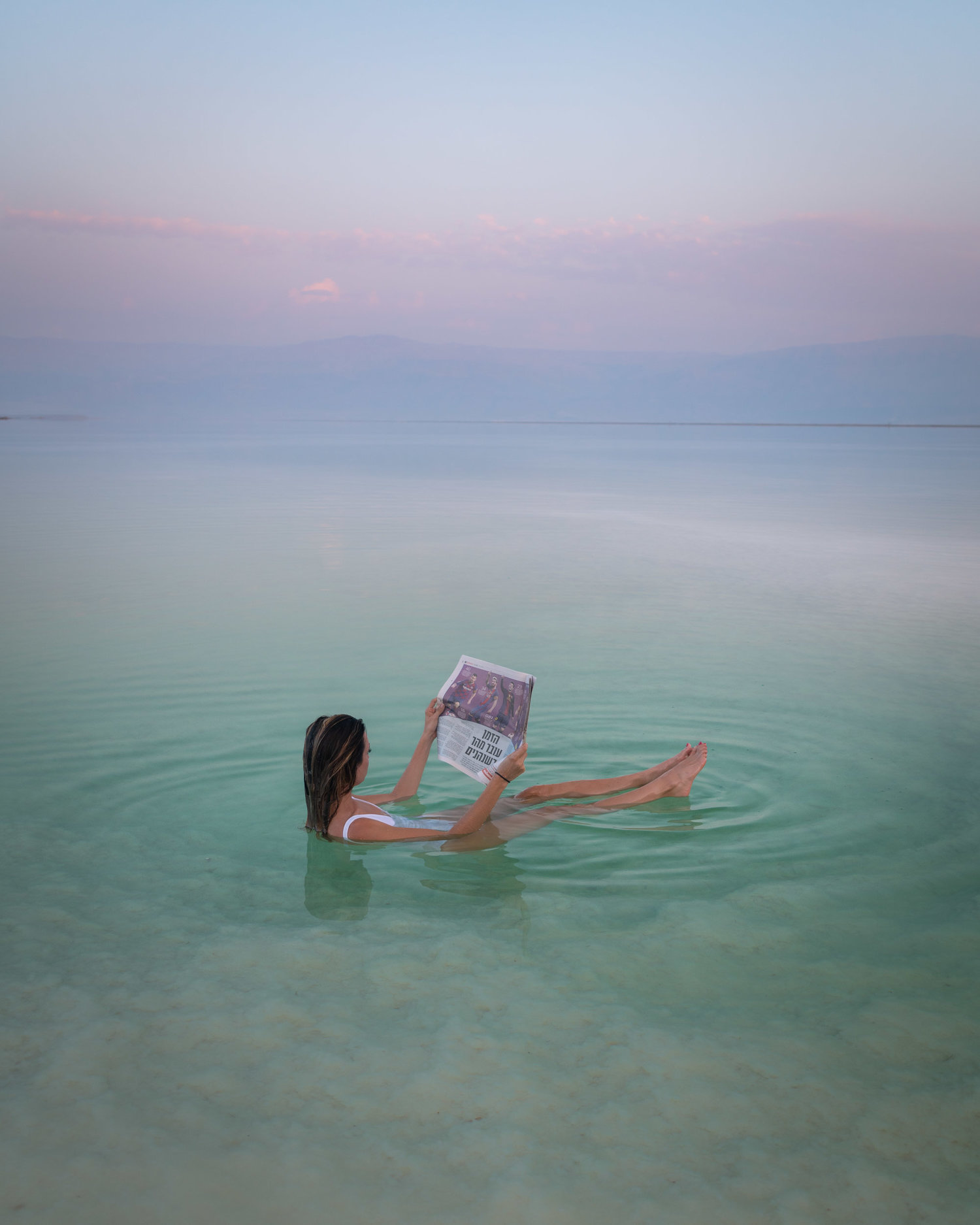
The Dead Sea looks like nowhere else. Despite the name, it’s technically a lake — and it’s the lowest exposed point on Earth, with shores dropping to around 400 meters below sea level. The water is so salty that floating requires zero effort, and the mineral-rich mud is prized for skin treatments.

The scene itself is stark: pale salt shelves, mirrored light, austere desert mountains. It’s beautiful — and honest. Practical tips matter here. Wear water shoes; the salt crystals are sharp. Keep your face dry; a splash in the eyes or on a cut burns. Don’t linger in the water too long; you’ll feel the sting after a while. Move slow, keep your head above the surface, and you’ll leave grinning with that bizarre, weightless memory.
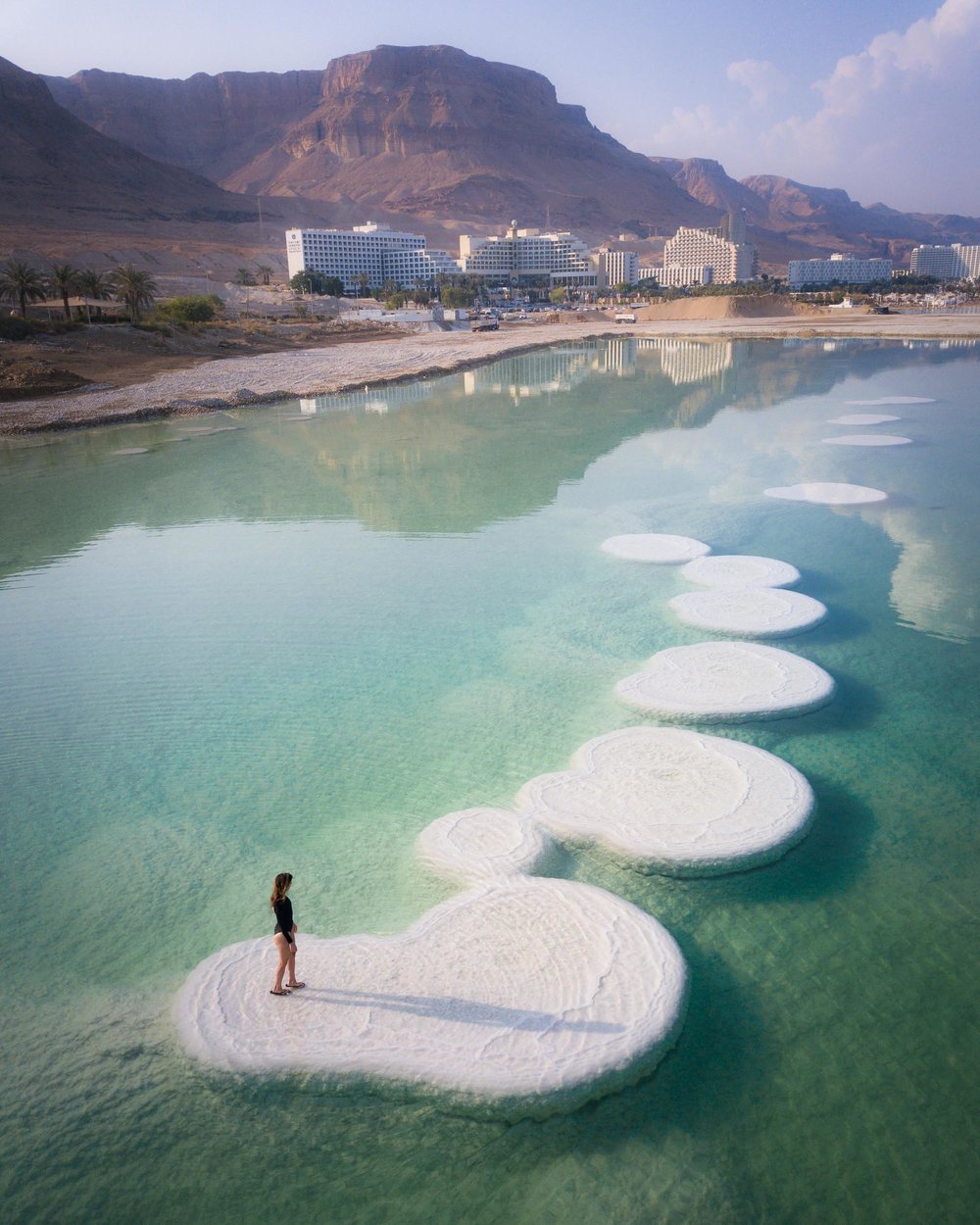
Logistics: We based in Ein Bokek to photograph the famed Dead Sea Tree. The town is mostly hotels, a mall, and an easy-access waterfront — ideal if your goal is sunrise/sunset photos and quick water access. The public beachfronts here are convenient for the classic floating shots and for reaching the salt formations.
2. THE DEAD SEA TREE

We went specifically to find and photograph the Dead Sea Tree — a sculptural oddity that looks like life conquering salt, but there’s a story: a local planted the tree on a salt island as an art piece, sometimes paddling out to tend it. It’s titled “Dead Tree in the Sea of Life,” and standing beside it feels like being inside a metaphor.
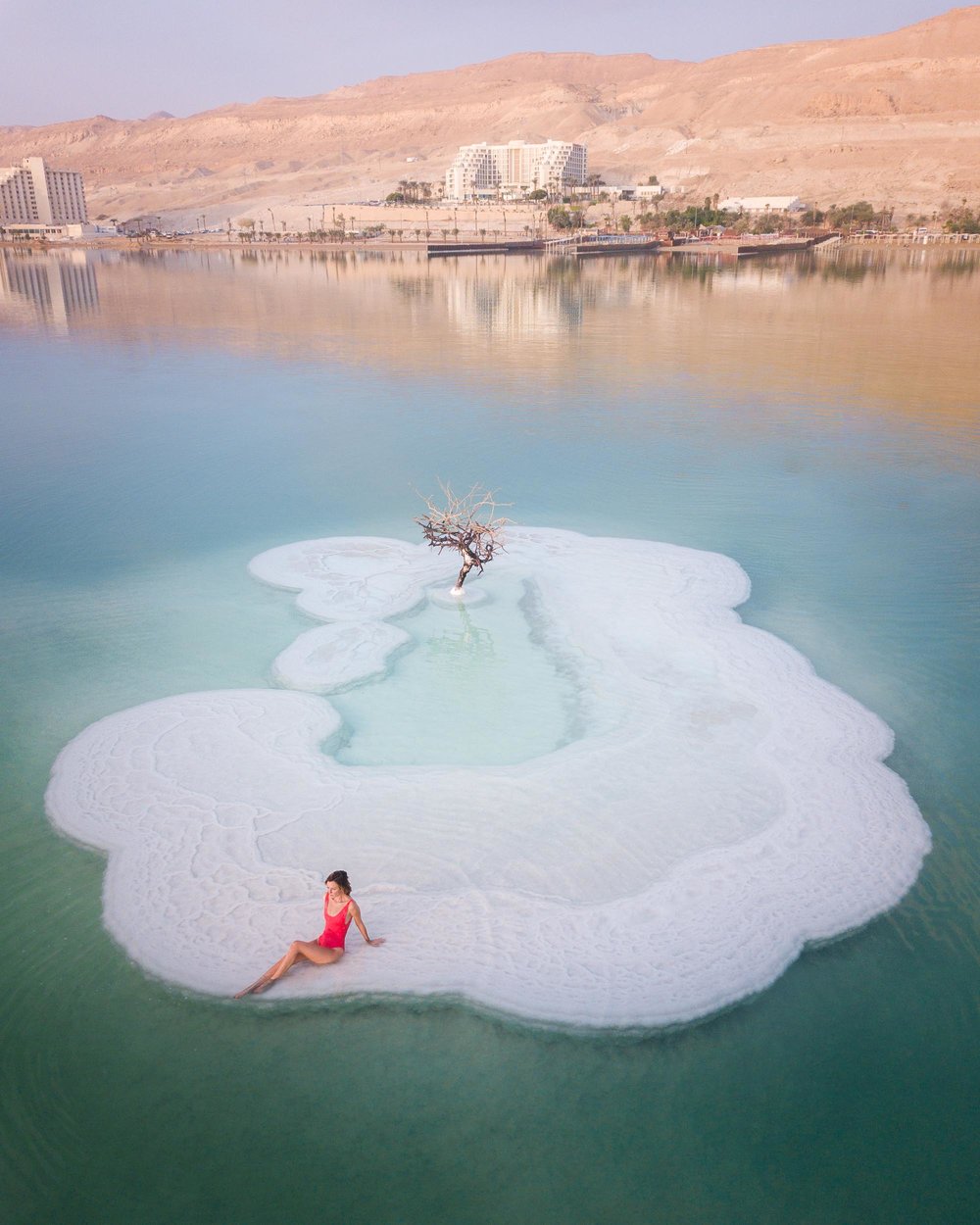
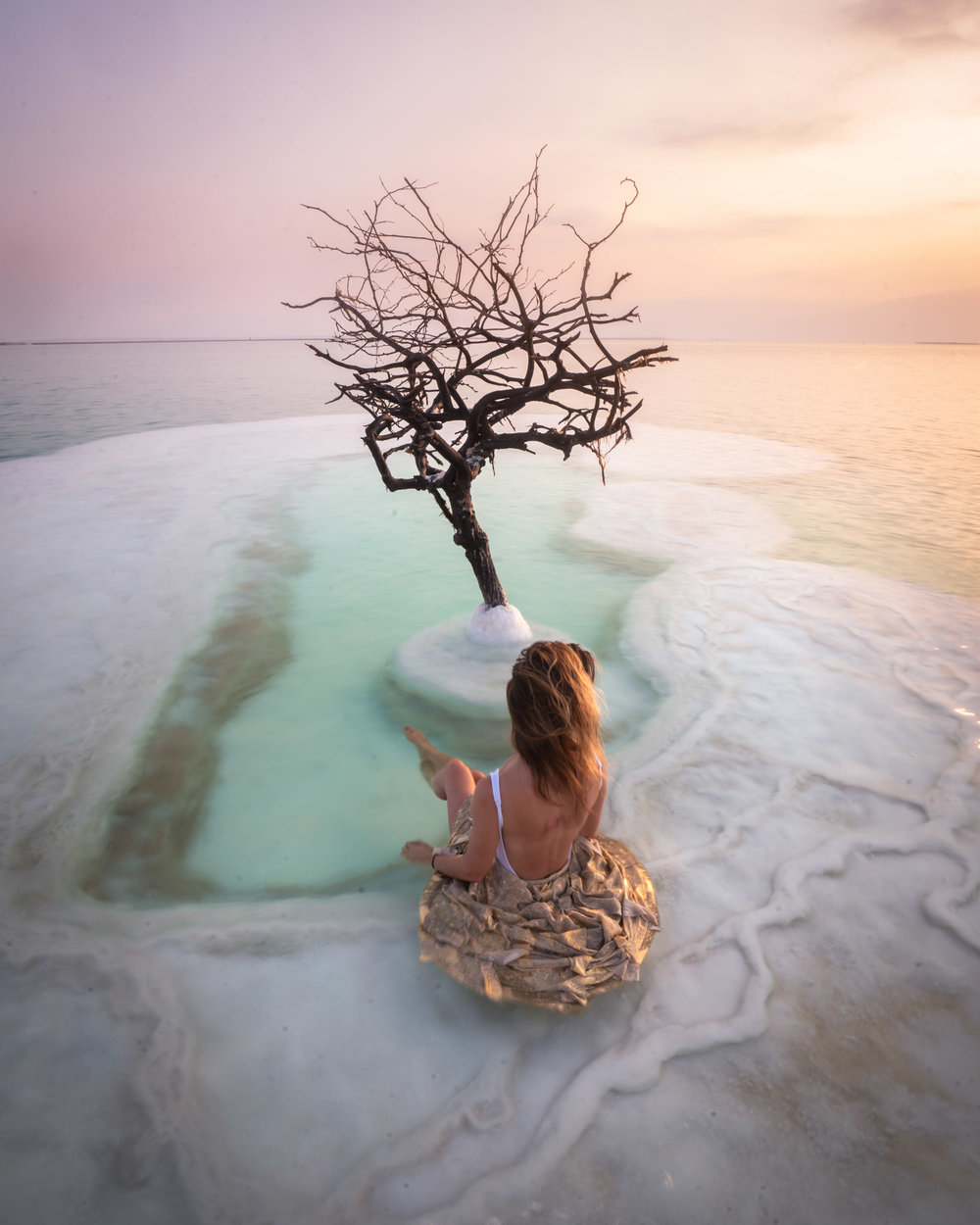
Logistics: The tree sits roughly 100 yards off the public beach just to the right of Herods Dead Sea Hotel in Ein Bokek; look for “Dead Tree Salt Island” on Google Maps. Park near the Segregated Beach, walk the pier as far as possible, then “backstroke commute” the rest — slow, splash-free strokes work best. Plan 15–20 minutes in the water each way. Showers on the beach are a gift afterward. For gear, we used a waterproof backpack worn on the front and brought a dry shirt to protect eyes/hands if needed.
3. RED CANYON, EILAT
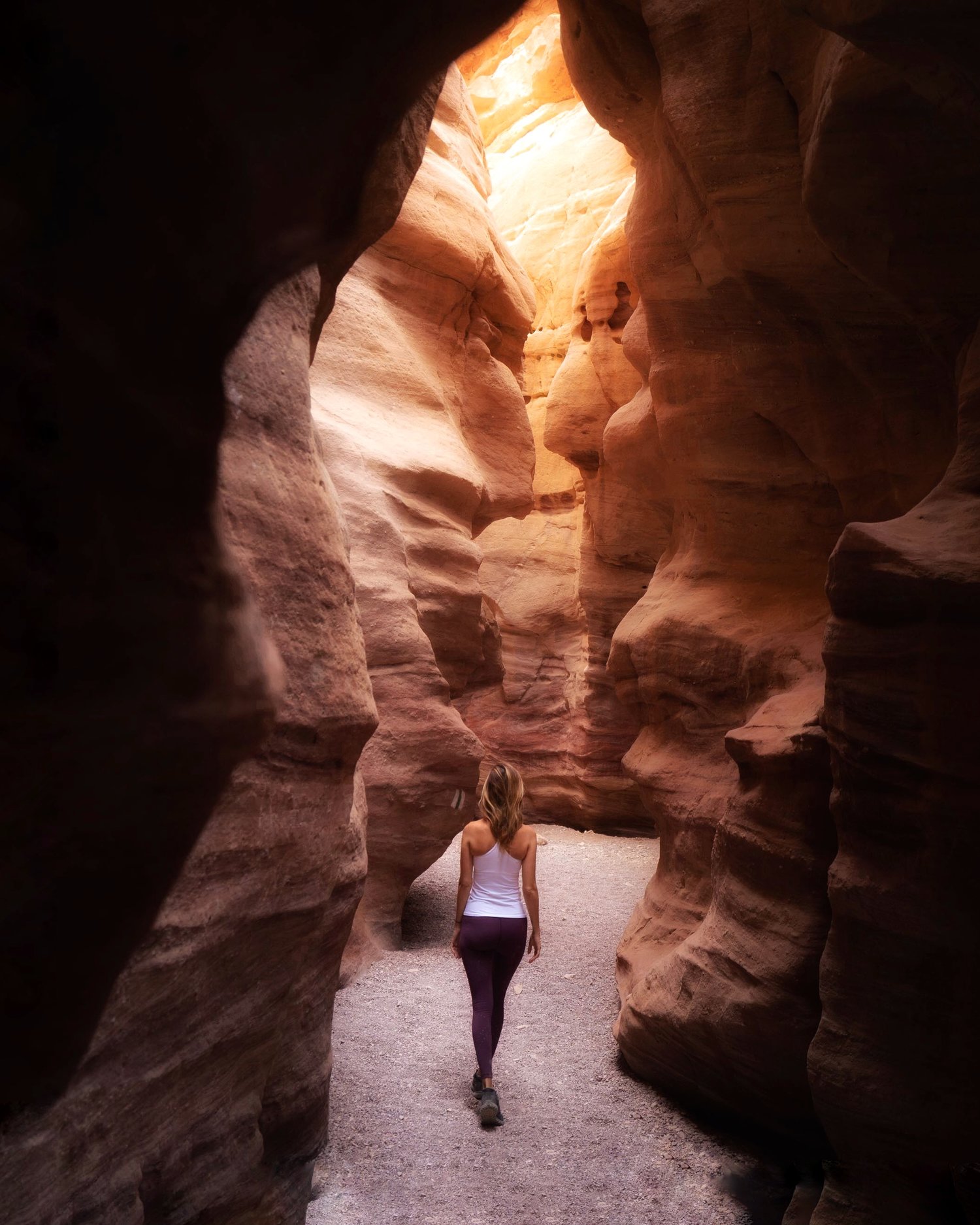
No, you’re not in Utah — but the rock does a convincing impression. Red Canyon in the Eilat Mountains is one of Israel’s most accessible slot-canyon hikes, with color-coded trails for distance and difficulty. We chose the direct green route in high heat and still got the slot magic: sculpted sandstone corridors, warm striations, and a few playful scrambles.
Logistics: It’s about a 20-minute drive from central Eilat. There’s a large parking area, posted trail info, and staff offering maps and guidance. Start early, carry plenty of water, and keep an eye on forecasts — flash floods are a real hazard in slot terrain.
4. WADI ARUGOT, EIN GEDI (HIDDEN FALLS)
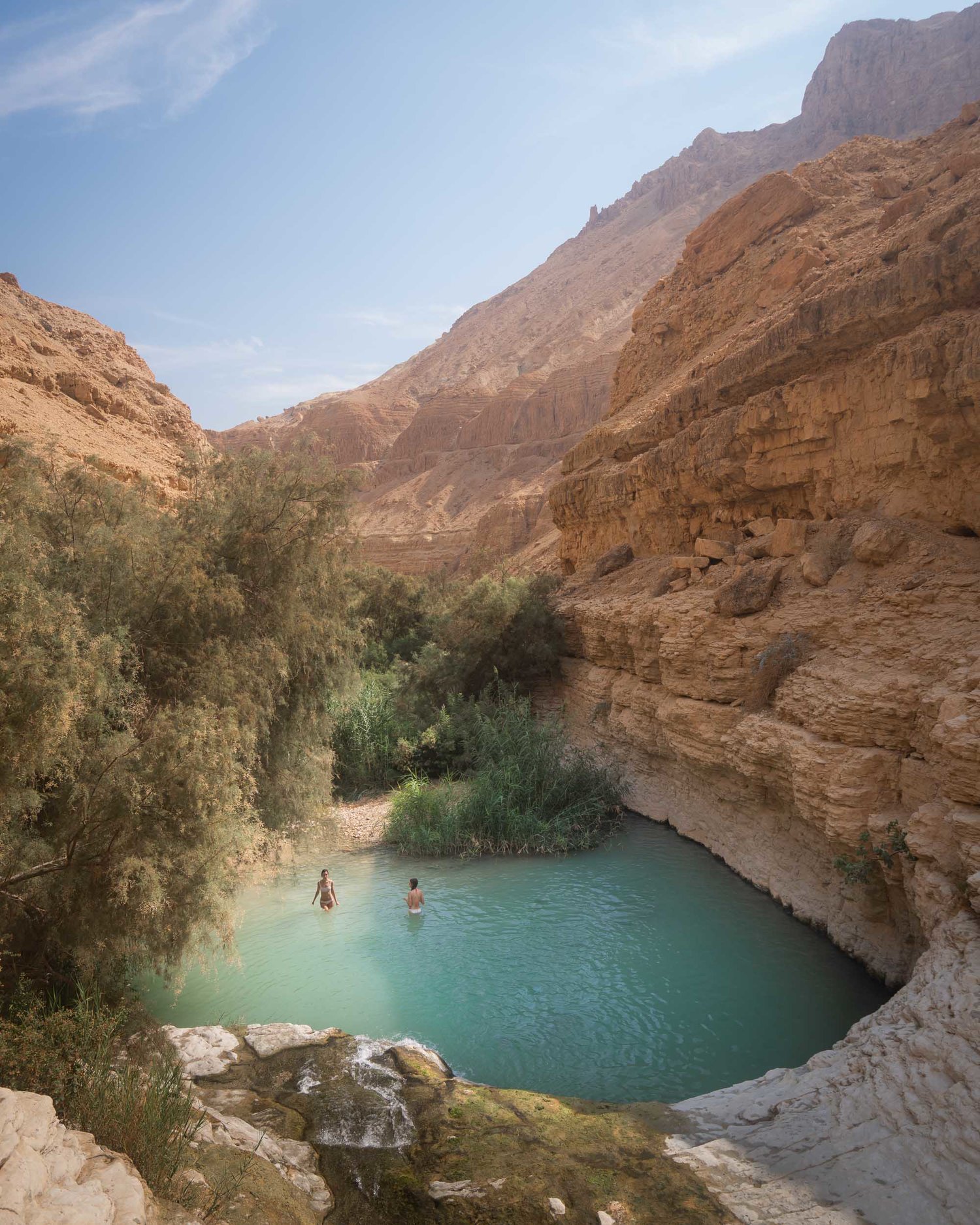
This was my favorite hike of the trip. Wadi Arugot is a quieter alternative to the busier Wadi David trail in Ein Gedi Nature Reserve — and it feels like a secret you were lucky to hear about. The path winds through a sun-baked canyon toward a freshwater oasis, with side pools and stream crossings that beg you to slow down.
Take the blue (lower) trail if you want the Hidden Waterfall and splashy sections before reconnecting with the red (upper) trail. Whatever route you choose, continue beyond the waterfall to the Upper Pool — it’s the place you’ll think about on the flight home.
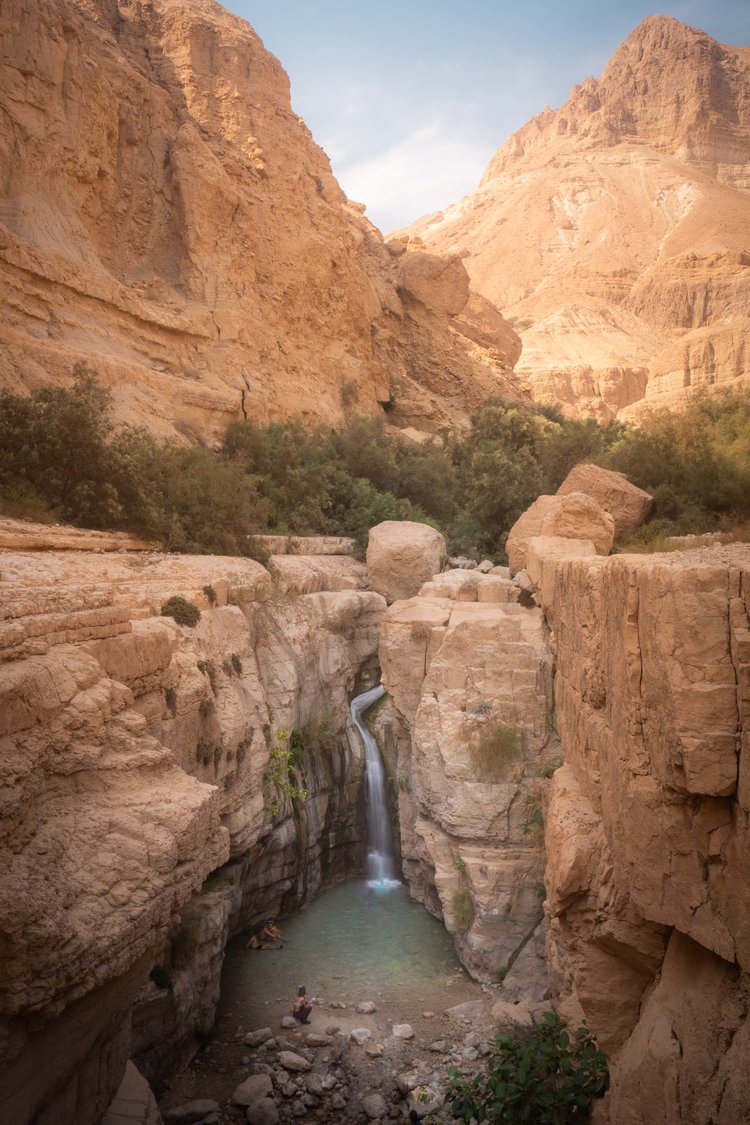
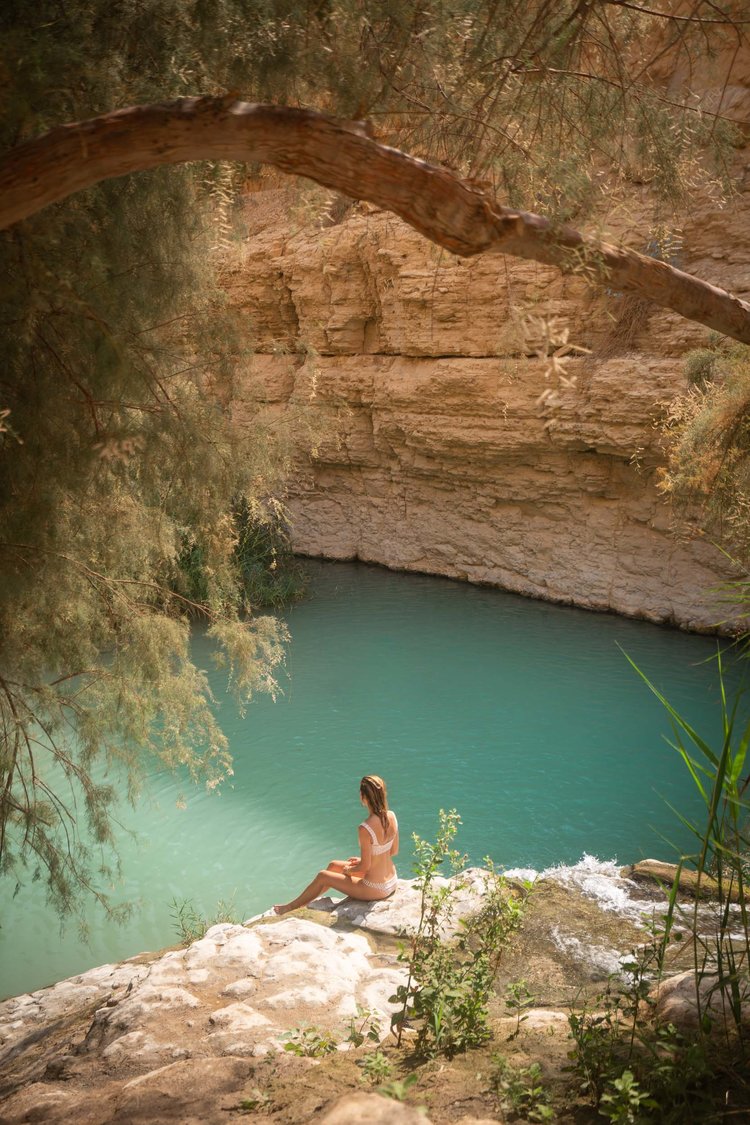
Logistics: Ein Gedi is a national park with facilities, maps, rangers, and an entrance fee. Wadi Arugot has its own lot about five minutes past the main Wadi David parking; if you leave the car at Wadi David, add a 20-minute walk. The hike is easy-to-moderate, but heat makes it feel harder. Pack a swimsuit, sun protection, and more water than you think you need.
5. OLD CITY OF JERUSALEM
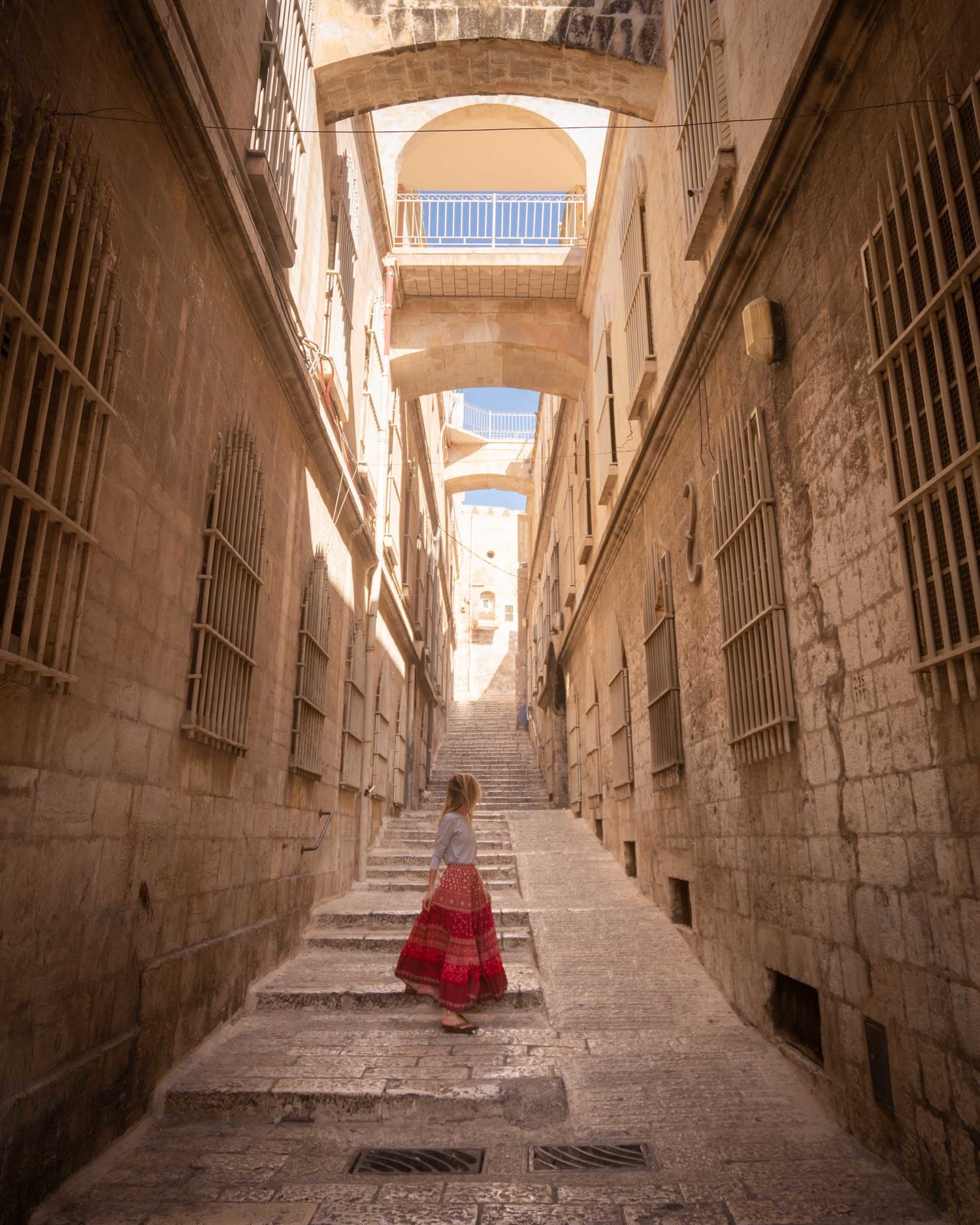
Jerusalem is among the world’s oldest continuously lived-in cities, but what sets it apart is its spiritual gravity for Judaism, Christianity, and Islam. Walking its stone lanes, you’ll hear church bells, the murmur of prayers at the Western Wall, and the calls from minarets — all within a short stroll. You can treat it like a checklist of holy sites, yet the real magic happens when you let yourself wander: spice markets, artisan stalls, and quiet courtyards reveal themselves one turn at a time. Without trying, you’ll pass landmarks like the Church of the Holy Sepulchre, the Western Wall, and the Dome of the Rock, each with more history than a shelf of books.
Logistics: The Old City is divided into four quarters — Armenian, Christian, Jewish, and Muslim — each with gates and security checks that make movement orderly rather than restrictive. Exploring solo is absolutely doable; we did. That said, this is the one area where a knowledgeable local guide can elevate the experience, layering context and timelines over what you’re seeing so the stones feel alive with story rather than just age.
6. MOUNT OF OLIVES OUTLOOK, JERUSALEM
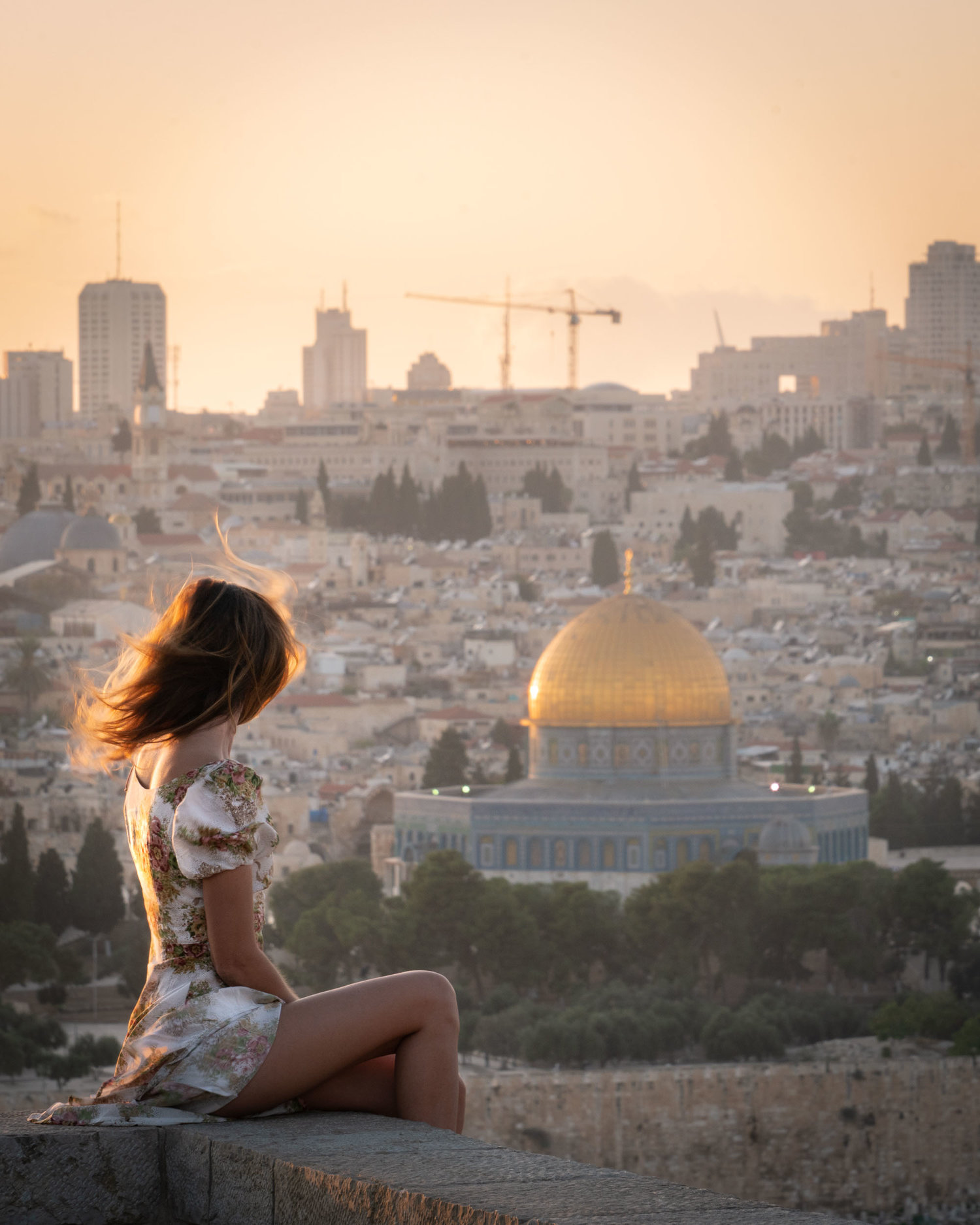
This viewpoint might be the single most famous cityscape in Israel. From here, the cemetery spreads in pale rows below you, leading the eye to the Old City and the gleam of the golden Dome of the Rock. It faces west, so arrive before sunset for honeyed light that softens the walls and turns the horizon into a quiet blaze. Sunrise has its own calm, but the evening glow feels like the city exhaling.
Logistics: The viewpoint sits across from the Seven Arches Hotel. You can drive and park nearby, walk if you have time and energy, or grab a taxi when light is fading and traffic snarls. It’s popular, but the elevation means crowds don’t really spoil the view. Bring a light layer — the hill catches a breeze even on warm days.
7. RASH HANIKRA SEA CAVES

At Israel’s far northwestern tip, chalk-white cliffs drop into turquoise Mediterranean water, and waves have carved a network of grottoes known collectively as Rash Hanikra. The setting is dramatic, and the proximity to the Lebanon border adds a dose of geography-meets-history. Expect a full-on attraction experience: cable car rides, families, lines, and a bit of theme-park energy layered over natural beauty. We arrived on a perfect Saturday afternoon and found it shoulder-to-shoulder; timing your visit early on a weekday will likely shift the vibe from carnival to coastal calm.
Logistics: There’s ample parking near the entrance. Typically you’ll take a shuttle up to the top station, buy tickets, and then decide between the steep cable car into the caves or walking the access path. Ticket prices are posted at the gate and are in the mid-teens in USD per adult. Once in the grottoes, the route is straightforward and well signed. Non-slip shoes help; the spray gives the paths a glossy sheen.
8. ACHZIV NATIONAL PARK BEACH
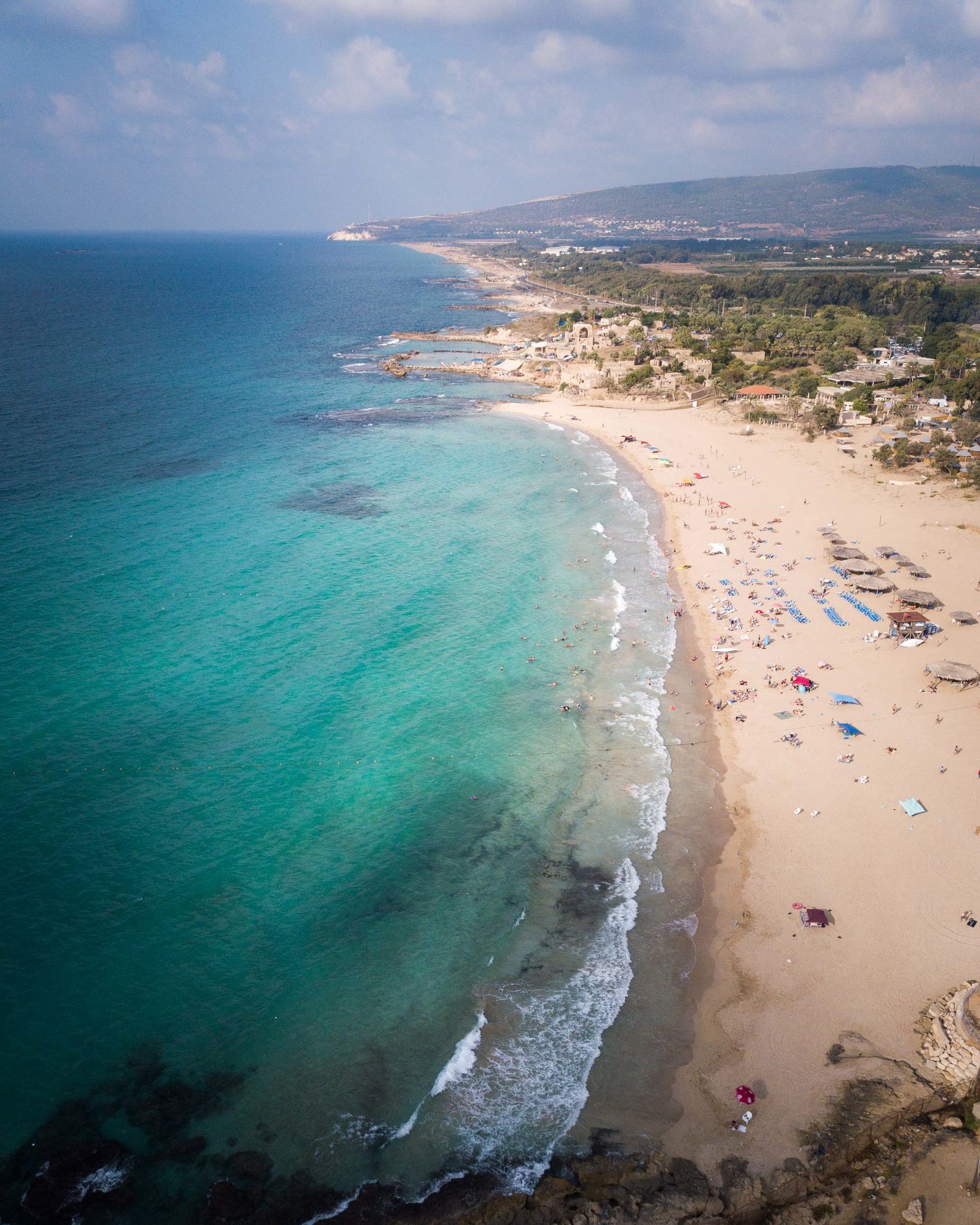
South of Rash Hanikra, Achziv unspools a long ribbon of coastline with calm coves, natural pools, and a relaxed pace that can be hard to find near big cities. It’s one of the best Mediterranean beaches outside Tel Aviv’s urban stretch. Expect lifeguards in season, a café, shaded spots, showers, and even yurts and a nearby campground if you want to linger. On a good-weather afternoon, the sea feels glassy and blue-green, and the rocky shelves create pockets of warm, still water that are perfect for floating between swims.
9. BANIAS WATERFALL IN THE GOLAN

The Banias loop is short but surprisingly varied. It begins on sun-baked earth, slips into cool woodland, and ends at a viewing deck with the waterfall thundering below. The water is startlingly blue as it threads toward the Jordan River, and the shade offers blessed relief on hot days. Even if you’re moving quickly, plan to stop and listen; the sound here drowns out everything except your own breathing.
Logistics: Parking at the reserve is straightforward, and there’s an entrance fee for the Banias Nature Reserve. Trails are well maintained and signed. Bring water and a hat — the exposed sections still bite, especially midday.
10. STILL ON MY ISRAEL WISH LIST
Some places stuck in my notebook for next time because our schedule ran out while recommendations kept rolling in. After a quick image search and a lot of messages from people who know the area well, these rose to the top.
• Snake Path, Masada — Sunrise is the call. You’ll hike before the cable car opens, but the pre-dawn climb pays off with a view that feels carved out of time.
• Coral Beach Nature Reserve, Eilat — The easiest window into Red Sea life: coral gardens, teeming fish, and clear water steps from shore.
• Tel Aviv — I’m not a big city person, but apparently it’s irresistible: beach town energy, an inventive food scene, and layers of history. Next time I’m eating my way through its markets and bakeries.
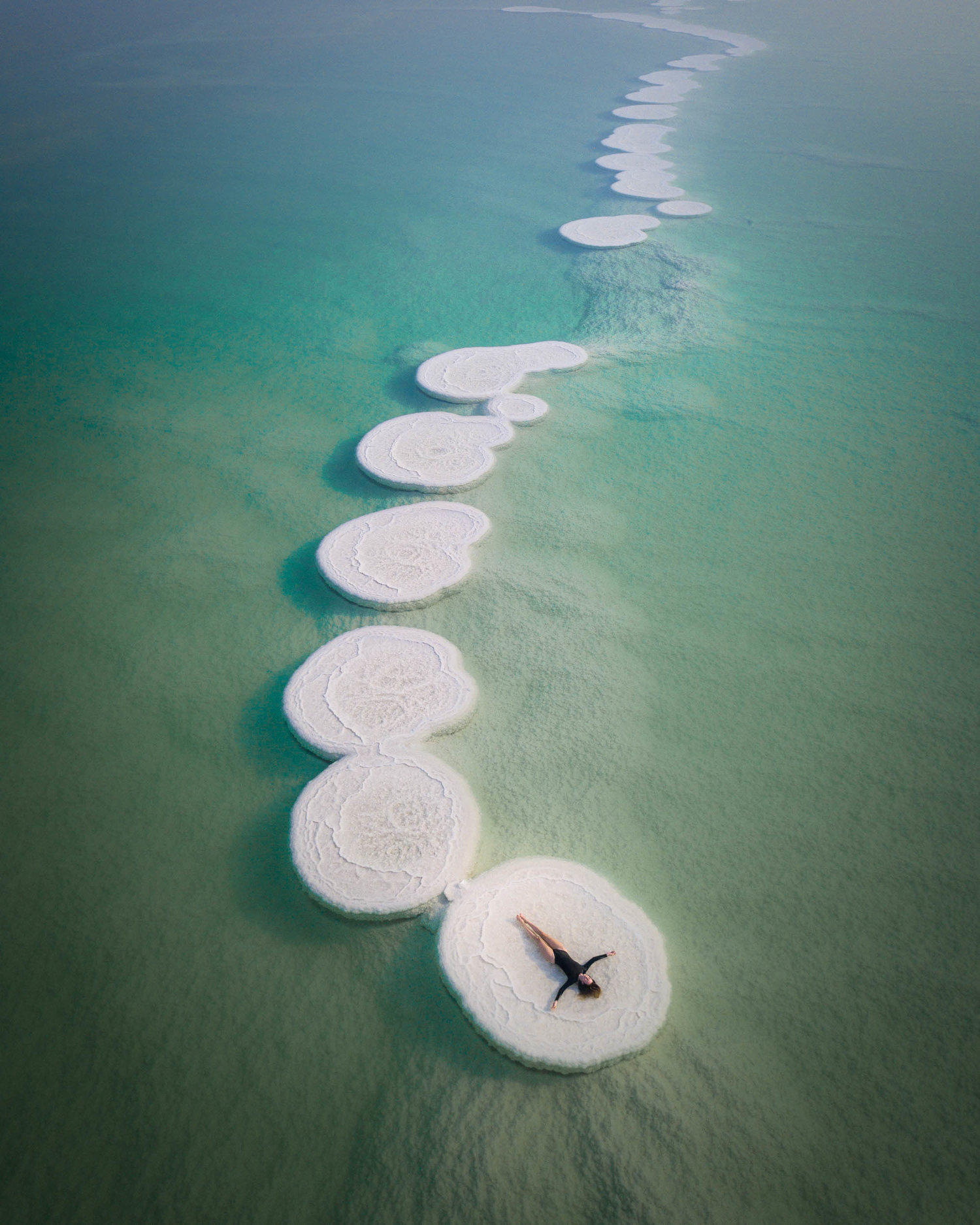
And that’s the snapshot I’d hand to a friend: a route that links sacred alleys, salt-bright shores, canyon shade, and hilltop light — with enough flexibility to chase a sunrise or stay out for the last blush of evening.


